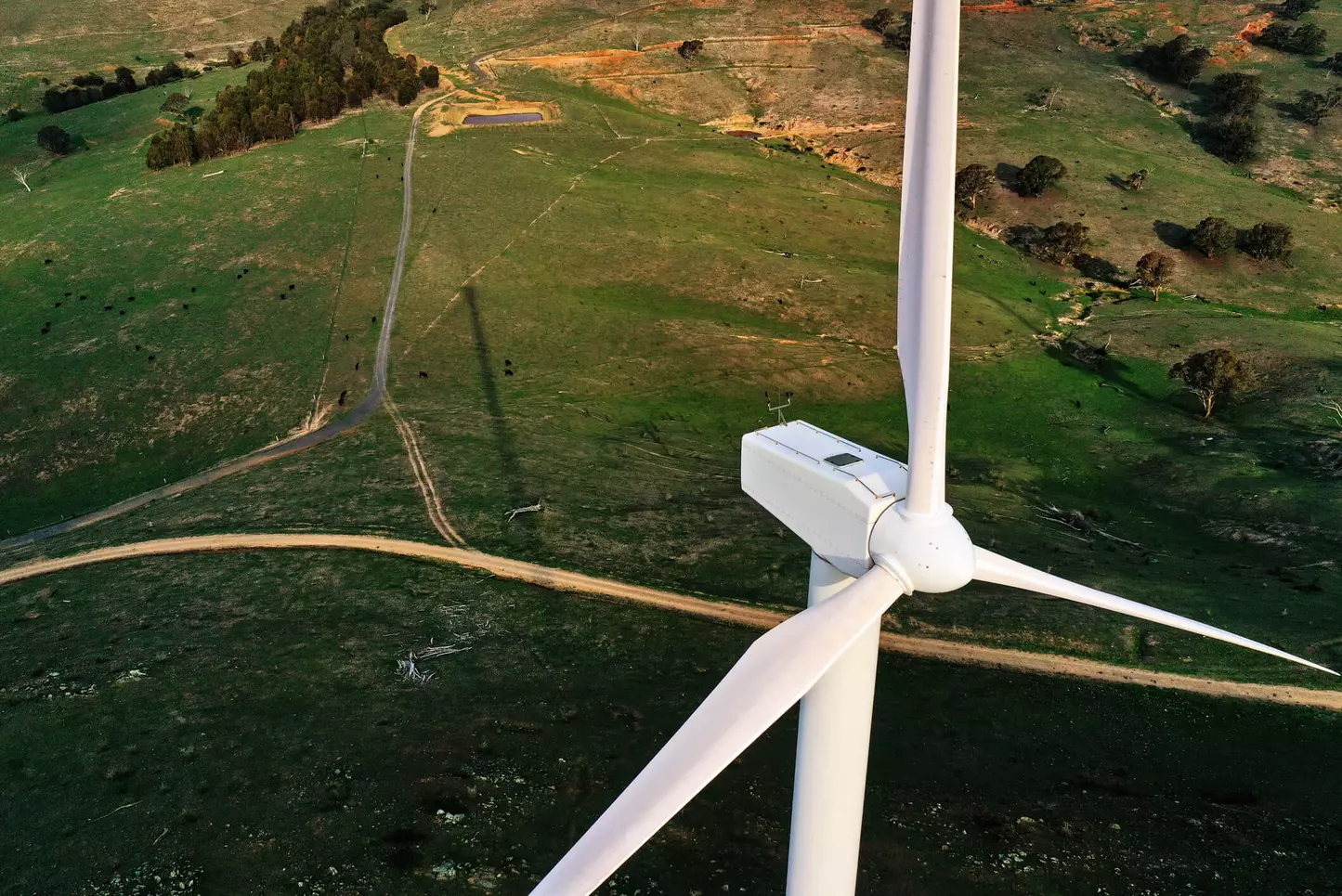Investment in transportation infrastructure will play a key role in the success of the European strategy of the Green Deal: development of rail transportation, sustainable evolution of road transportation, and technologies for transition in maritime and air transportation are essential to meet Europe’s goal of cutting carbon dioxide (CO₂) emissions by 55% by the year 2030.
But this kind of investment requires rapid clarification of the principle “do no significant harm”. Due to a sort of heterogenesis of purposes, the interpretation of the principle adopted in European documents until last autumn risked producing effects which could, paradoxically, work against the green transition, by excluding projects of decisive importance for speeding up the reduction of emissions from the sustainable financing taxonomy. This would exclude them not only from use of resources allocated under the Recovery and Resilience Facility, and therefore from national Recovery and Resilience Plans (such as Italy’s PNRR), but from the general orientation toward allocation of financial resources compatibly with the ecological transition, including private financial resources.
The principle of “do no significant harm” (DNSH), introduced by Regulation 2020/852 concerning Taxonomy, is in itself a positive innovation ensuring the internal consistency of European strategy, preventing achievement of progress in the pursuit of one environmental target at the expense of other environmental targets. But the very unusual way in which it is expressed in the subsequent Acts implementing the Regulation (particularly COM 2021/1054) has produced a “bottleneck” that could slow down projects of great value for the green transition.
Two requirements are contributing to this impasse. The first states that, for the purposes of DNSH assessment, the impact of a given measure must be considered “in absolute terms”, that is, “compared to a situation with no negative environmental impact”, and not compared to “the impact of another existing or envisaged activity that the measure in question may be replacing”. The second requires “a DNSH assessment specific to each measure” of the Recovery and Resilience Plan, so that “the DNSH assessment is not to be carried out at the level of the plan or of individual components of the plan, but at measure level”.
This requirement results in a number of paradoxes. Let us look at one particularly significant one. As natural gas produces CO₂ emissions, in absolute terms, however lower their levels with respect to oil or coal, its use in transportation systems and manufacturing in place of oil or coal will necessarily violate the above criterion. Nor can we consider the role this replacement might play in the European roadmap toward decarbonisation, as the single investment must be analysed without considering the context within which it might have value in the process of reducing emissions.
If the green transition is to succeed, we must urgently correct this requirement and build a general framework for application of the principle of DNSH which supports, rather than hindering, the set of major strategic decisions the Green Deal requires. There are two key steps.
The first involves adopting a comparative, rather an absolute criterion for assessment of environmental impact: what really counts is the net benefit of an investment for the environment, if we are to cut emissions or pollution faster. A project must therefore be assessed not in relation to a hypothetical state of nature but in comparison with the activities the investment will concretely replace, whether they already exist or would be built in the future if the investment in question did not take place.
The second step is that this comparative assessment must be performed viewing the investment in the framework of the green transition strategy the member state is adopting, and therefore with reference to the role it plays in the process of increasing the amount of energy produced from renewable sources, advancement in the area of energy efficiency, reduction of polluting energy sources, and protection of natural resources and biodiversity.
These two comparative and strategic assessment criteria would permit definition of a general framework for application of the principle of “do no significant harm” without the paradoxes that risk causing great damage to the prospects of the Green Deal. Construction of infrastructure at the service of the green transition requires an open-minded approach taking into account all technological solutions of use for speeding up the reduction of emissions and the achievement of the environmental goals of sustainable development.
